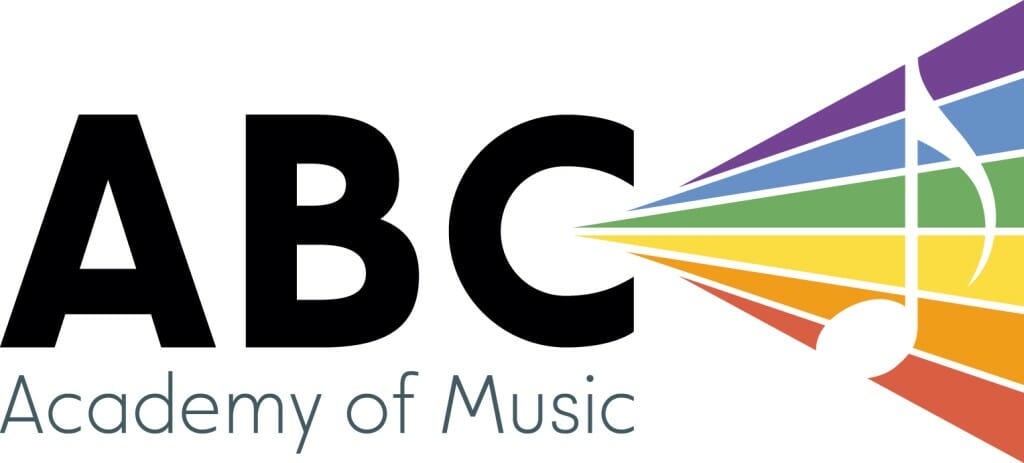This week, I was away and had David sub for me. Here are his notes!
Rachel
We first did Twinkle Twinkle, but I tried to get her to play it on a different octave (where there are no stars). I showed her that C is the first note in the song, and how to find C on the piano without referring to the stars. There is no guarantee she will remember this, but that’s fine.
We played Lost Little Kitty, and she did well. We focused on hand/wrist position, and rhythm. I find she hesitates a lot, and part of that is that her hands aren’t ready to switch (when she’s not playing with her RH, her left hand is down by her side, not ready to play). We clapped the rhythm and I emphasized that both her hands should always be ready to play, even if it’s not playing right now.
Abigail’s note: for next week, Rachel can review Little Lost Kitty. She should be playing piano for 5 minutes every day. While her songs don’t take five minutes to play, she should review the song around 3 times and then can play whatever she wants for the remaining time!
Chloe
Chloe did not bring any books, so we spent the lesson doing some Micky Mousing (clapping and singing call and response).
Abigail’s note: Please make sure Chloe has her new book ready to bring to the lesson for next week. You can buy the book Here
Tanishq
Abigail’s note: Tanishq was not present at his lesson, but I recently found registration dates for RCM performance exams. They can be found here. I would recommend we aim for the August or Fall session, but do not register right away. We will see how he is progressing and determine which exam session would be reasonable for him.
If you are interested in Theory, there are books that correspond with Tanishq’s current RCM playing level. We have not been using formal theory books, but have discussed concepts that appeared in his repertoire on occasion. I can place more of a stress on theory, however, and include time at the end of the lesson to do some. I would also assign theory as homework weekly.
Zoe
Zoe seems to have an innate musical intelligence and has a very impressive ear. I had her play the C and G major scales with proper fingering. We did the dozen a day exercises in C and G, of course, but I also asked her to play them in a few other keys (namely, D, F, B, and Bb), just to see if she could do it. She self-corrected using her ear very quickly with no hesitation. I also asked her to play a couple of scales she hasn’t played before, just to see if she could do it. F, B, D, Bb, and Gb major scales. She did all of them, self-correcting for both accidentals and fingering along the way without any help from me. I also had her figure out a couple of songs by ear. We worked on the wrist float off as well, but did not get to “Little River”.
Abigail’s note: Zoe can continue working on Little River and Show Boat in her Lesson and Performance book, respectively. She should be playing for 10-15 minutes every day! If needed you can break up the practice session into two shorter sessions with a break in between.
Julie
We did some work with a metronome, both clapping the rhythm drills, trying new rhythm drills, and experimenting with a website that randomly generates rhythms for the user to read (practicesightreading.com). I emphasized practicing evenly spaced 8th and 16th notes against a quarter note pulse in the metronome, and listening for the relationship between the different subdivisions. I emphasized that she should be doing this EVERY DAY, especially since she has a metronome app on her phone, and she does not need to be near a piano to practice it.
Her scales and double 3rds sound good. I found her left wrist collapsing a little bit, so I called attention to that. I also explained the historical context behind harmonic and melodic minor scales.
Julie showed me her Bach piece, we she can ably play up to 88BPM with the metronome. I strongly recommended trying to connect some of the LH phrases together better, and also called attention to the polyphonic nature of the piece; it’s a 3 voice piece, 2 voices with the left hand and 1 with the right hand. We discussed different ways to separate the voice including articulation and dynamics. What I want her to work on is bringing the inner voice (tenor) down and the top voice (alto) out. I strongly recommend, especially with Bach, the use of HIGHLIGHTERS to call attention to the fact that the music is polyphonic and should be treated as such.
We also worked on the Clementi. There were a lot of things, and we went overtime dealing with them, but a few of them are:
1) pay attention to articulation: if a note is supposed to be short, play it short. If it’s supposed to be sustained, sustain it. If it’s a suspension and there’s a slur and the second is staccato, play the suspended note long and accented, and the chord tone quiet and short.
2) Pay attention to volume. Bring out melody, bring down accompaniment. Contrast between sections, etc.
3) When the same note is repeated twice rapidly (as near the end with those broken G major chords), focus on even sound and no choppiness. Practice that passage slowly.
Abigail’s note: As always, 30-45 minutes of practice daily is essential! If needed, you can break up the sections into two sessions with a break in between.
